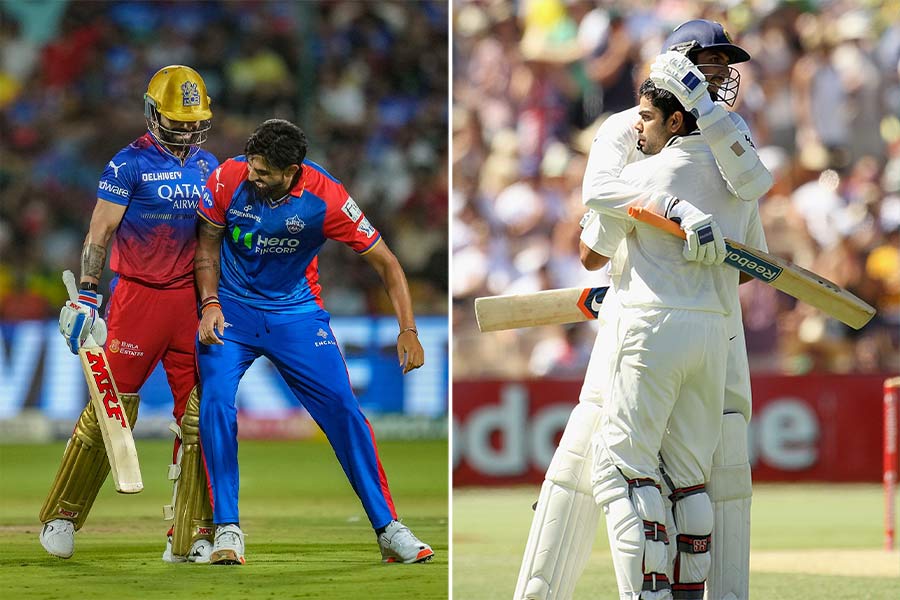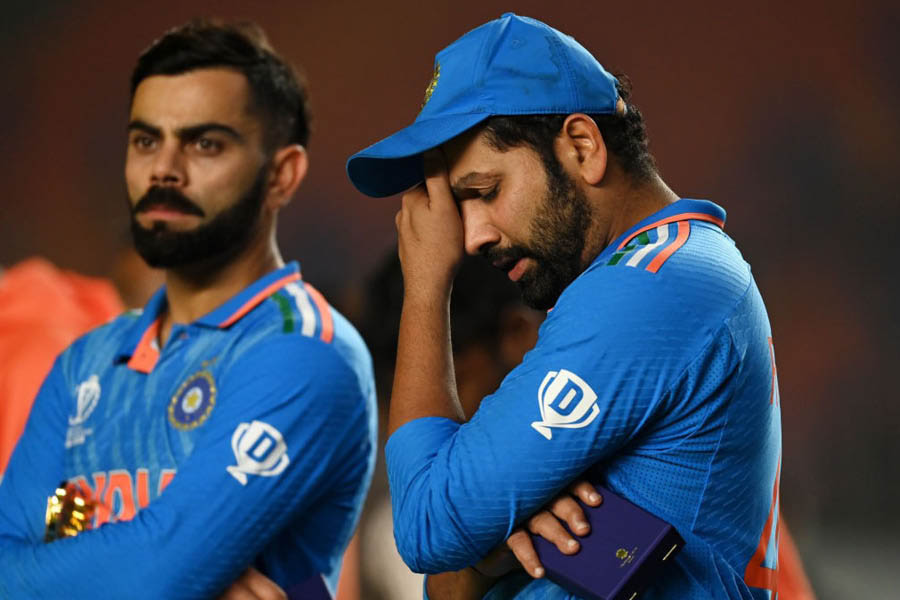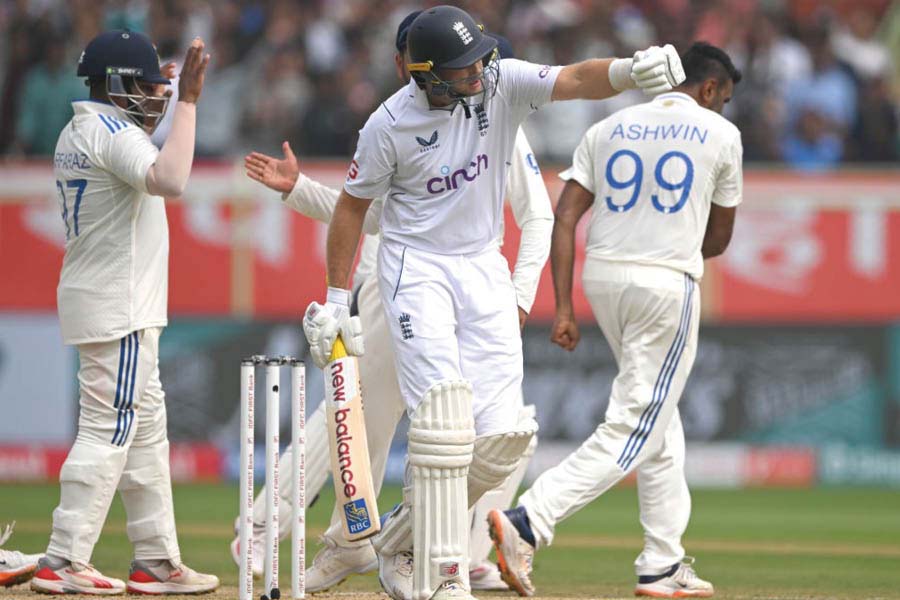So there I am watching the RCB vs DC match in the gym. After three overs, RCB are 25-1. Ishant Sharma vs Virat Kohli is on. Virat hits Ishant for a six, then edges a ball past the keeper for a four. The next ball is dispatched over long-on for a no-look six. Virat then points to the arc of the six and smirks at Ishant. The fast bowler comes back well, beating Kohli’s outside edge. A couple of balls later, a hint of swing outside the off stump entices Virat into attempting a swipe that connects with the ball only on the outside edge. Ishant has his wicket. Not many things bring about a genuine smile in elite sports. The things that make everyone smile are even fewer. What happened next did.
Virat Kohli, the man who hates nothing more than getting out, steps away from the 22 yards as grumpy as he is known to be in the situation. Ishant follows him, bumps him and makes some comment playfully. If you watched carefully, you would have seen that there were four players on the pitch apart from Virat and Ishant. Every one of them looked shell-shocked. It would not be an exaggeration to say that they were almost holding their breath, fearing a volcanic eruption from Virat. But what actually happens is that Virat's grumpiness melts, he even lets out a smile as he passes a comment back and shrugs. The expressions of the others change to a smile of purity rarely seen in competitive sports. All of a sudden, 300+ test wickets for India and over 25,000+ runs (and 80 centuries) became two middle-class 17-year-olds who used to travel across Delhi on a rickety scooter trying to get to unkempt grounds to pursue their grand dreams. All of a sudden, a moment distils the sport to its very essence, just a game between bat and ball that over a billion people cannot get enough of. Just like that everyone watching on TV thought of that one rival who was always a friend. Maybe a few of them picked up the phone and gave them a call, too.
Why does elite sport not allow this?
Beyond all the romantic ideas around the pursuit of glory, elite sports is a job. It is a high-paying, high-pressure, high-consequence job with gruelling schedules for all involved. Beyond this, from a psychological perspective, there is something known as a competitive orientation. This refers to how when some people compete, they do so to try and get a limited goal and compare better with others trying for the same thing with determination, preparation and focus. Individuals who are high on competitive orientation love the ‘heat of battle’ because for them, preparation is worth it only when they compete. They are pulled by the magnetic effect of the ebb and flow of competition.
But you might be thinking: does it not lead to ugly competition?
Competitiveness does not automatically lead to ugliness. The scenes of fights and brawls after a loss. Tempers flare and tantrums are thrown when the nature of competition loses its fundamental spirit. True competitive spirit can be found when people involved in the competition go a level above that. When two or more people are operating at their highest level, their optimal, then they achieve true competitive orientation. At this level, they understand that they lost because the other person was simply better than them. They did not lose because they were not good enough.
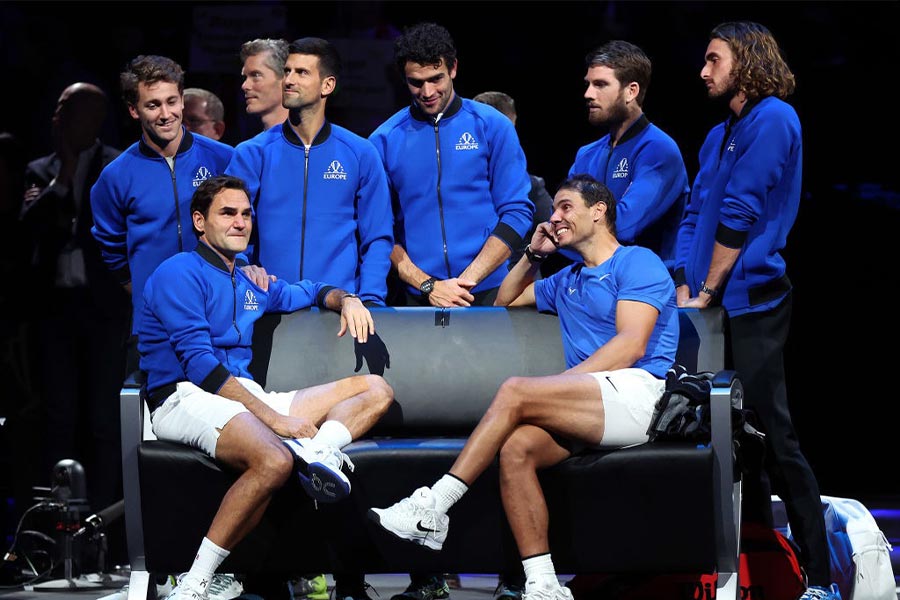
The mutual respect and admiration between some of the best sporting rivals was most evident during Roger Federer's farewell match Getty Images
This is the same in some of the best sporting rivalries. There is always mutual respect. Federer and Nadal, or even Nadal and Novak. Sachin and Brett Lee/Wasim Akram/ Shane Warne/Shoaib Akhtar/Glenn McGrath/Jimmy Anderson. Arnold Palmer and Jack Niklaus. New Zealand All Blacks and South Africa Springboks. Lakers vs Celtics. Larry Bird and Magic Johnson. Serena Williams and Caroline Wozniacki. Tiger Woods and Rory McElroy. Martina Navratilova and Chris Evert.
It's just a game, let’s smile after its done
Think of two business tycoons engaged in a battle. Now think of two athletes doing the same. Now, of two retired uncles in your community yelling at each other over whether pigeons should or should not be fed. In all cases, it is one person competing with another to achieve their preferred outcome. Very rarely do people shake hands and let the conflict go when it is over. Usually they let the competition eat them up after it is over — this is the opposite of being competitively oriented. If you have just passed the 10th or 12th boards, congratulations, if someone beat you and got better grades, accept it, and improve. Try not to beat yourself up!
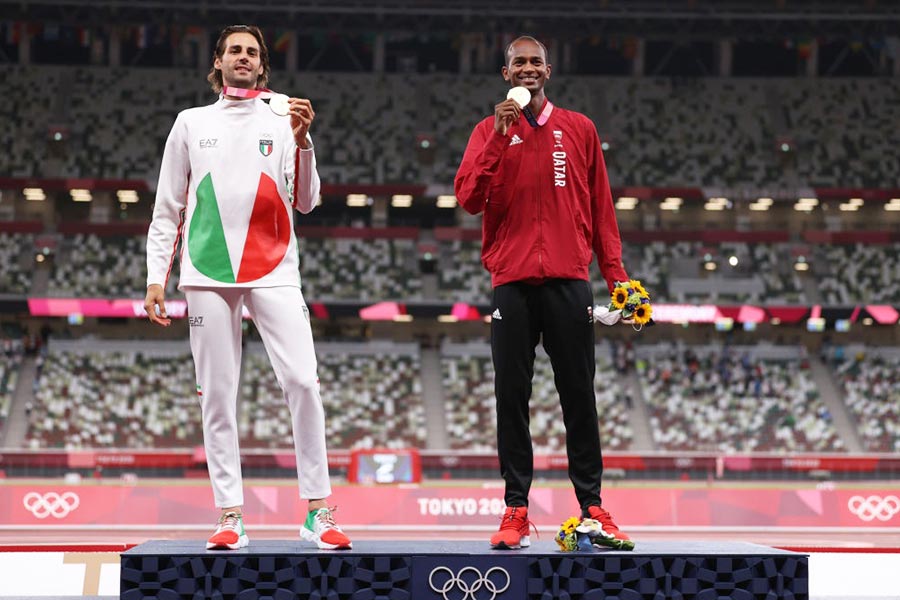
Joint gold medalists Mutaz Essa Barshim of Team Qatar and Gianmarco Tamberi of Team Italy celebrate on the podium during the medal ceremony for the Men's High Jump at the Olympic Stadium in Tokyo, 2021 Getty Images
I’ll end with a story from the Olympics in 2021. There was a moment in Tokyo, two and a half hours into the greatest men’s high-jump competition. Two friends and rivals competing their hearts out, Italian Gianmarco Tamberi and Qatari Mutaz Barshim, decided to share the Olympic Gold. Only 5,182 people have won Olympic Gold in human history — post competition, having been unable to beat each other by even a millimetre, they shared it. That year, the Olympic motto had been changed too. It now reads “Higher, Faster, Stronger, Together”. One could say, together is a good way to love the competition, and the competitor.
Dr Sahen Gupta is a Kolkata-born, India- and UK-based psychologist who divides his time between mental health support and high-performance coaching. As the founder of Discovery Sport & Performance Lab, he works not only with Olympians and other top-level sportspersons, but also with CEOs and other professionals striving for excellence. Dr Gupta’s mission is to simplify complexities of the mind into actionable and simple ‘doables’ that allow individuals to be mentally fit.
